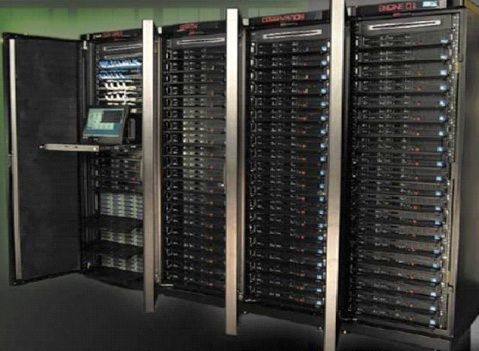
Most importantly, it enables the set-up of nested task structures to run, for example, optimization within parameter sweeps.Īccessing, sorting and filtering of the results data is greatly simplified by a new table view. This task concept has been enhanced significantly in version 2012. The user accesses SAM through the familiar CST DESIGN STUDIO (CST DS) interface, which is part of every CST STUDIO SUITE installation, because it employs the CST DS task concept.

Simulation tasks that include single or multiple components can be defined, and the user can specify which components should be simulated in 3D, and which solver and CST simulation acceleration options should be used for those simulations.

SAM helps the user to define the geometric alignment of the various components. All simulations and links can be defined easily in SAM to enable a seamless multiphysics work flow.īy adding other models to the schematic, the user can create a 3D system. For example, the electromagnetic analysis of a filter could be followed by a thermal simulation, then the filter's resulting mechanical deformation could be determined, and finally this geometric change could be used in another electromagnetic simulation to investigate the detuning effect. The user can also set up a linked sequence of solver runs. SAM helps to compare the results of different solvers, or to model configurations within one simulation project. The user defines the desired evaluations for this model by setting up simulation tasks. In the simplest case this is a single block representing a parameterized 3D model. In SAM, a system is described by a schematic.

To this end, System Assembly and Modeling (SAM) has been introduced to version 2012 of CST STUDIO SUITE, providing an environment that simplifies the management of simulation projects in many ways.


 0 kommentar(er)
0 kommentar(er)
